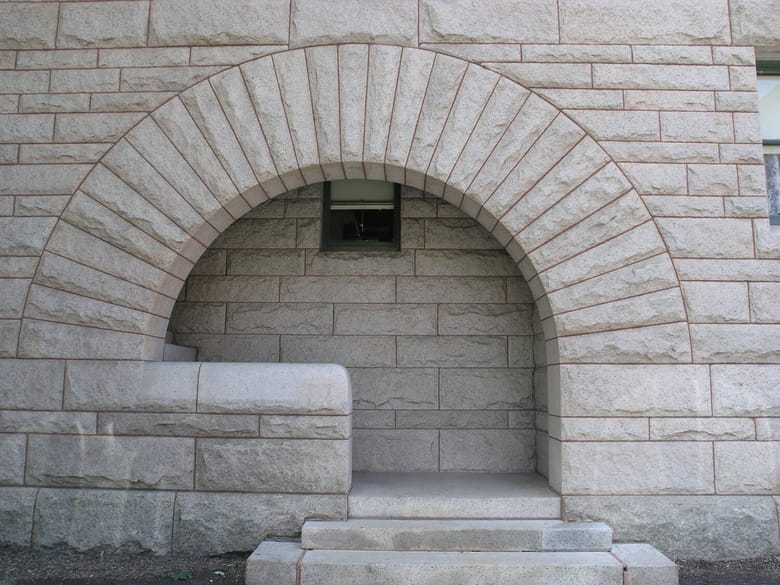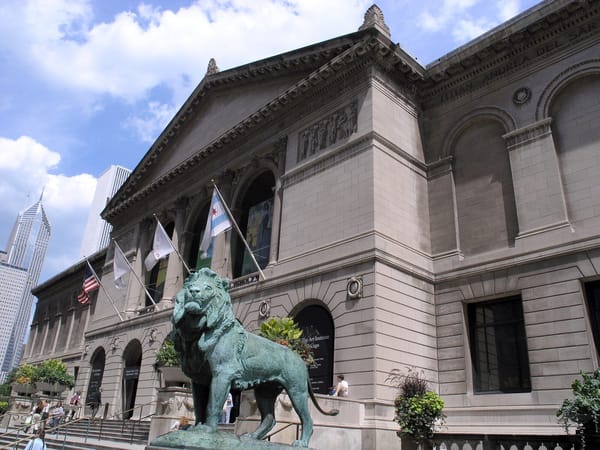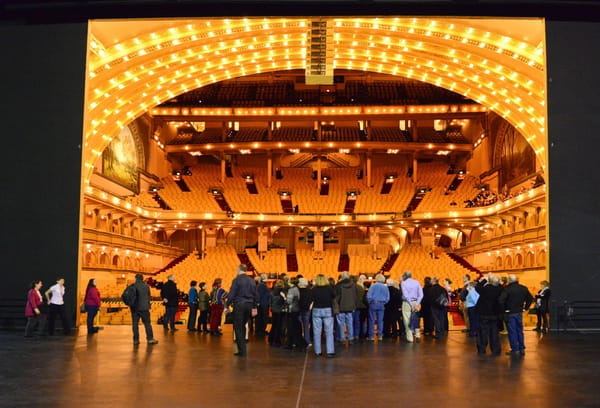An arch is a curved structural element that spans an opening and supports loads from above. The arch's design efficiently distributes weight, transferring it along its curve to the supports on either end, known as abutments. This allows for the construction of larger openings compared to flat lintels and provides both functional and aesthetic benefits in architecture.
The arch has been a fundamental architectural element for thousands of years. Its origins can be traced back to ancient Mesopotamia and Egypt, but it was the Romans who perfected its use, employing arches extensively in bridges, aqueducts, and monumental structures like the Colosseum. The Gothic period saw the development of the pointed arch, which allowed for even greater heights and spans, leading to the soaring cathedrals of medieval Europe.
EXAMPLES IN CHICAGO:
- The Rookery: Designed by Daniel Burnham and John Wellborn Root in 1888, the Rookery is a prime example of Chicago's architectural innovation. The building features semicircular arches in its exterior design.
- The Tribune Tower: Completed in 1925, the Tribune Tower is a neo-Gothic skyscraper with a facade rich in ornamental detail, including pointed arches that reflect the Gothic architectural style.
- Union Station: Chicago's Union Station, completed in 1925, features a grand Great Hall with impressive arched windows and a barrel-vaulted skylight.
The arch is a timeless and essential element in architecture, known for its structural efficiency and aesthetic appeal.






















